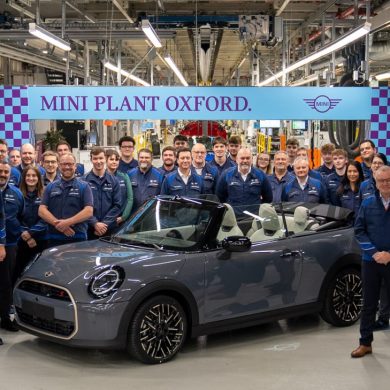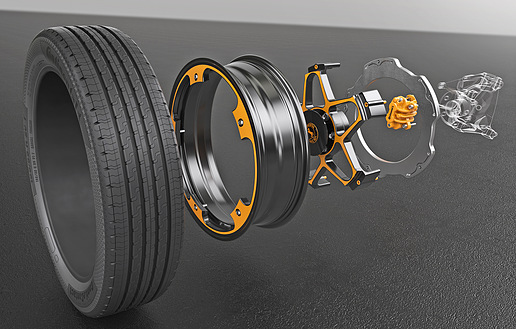
Chocolate, they say, will not be enough for all people in a few years and there will be a shortage. A panic (we say now) is gripping a lot of people. But think about it now, what would it be like, or how our lives would change, if there was no, or a shortage of... rubber.
Rubber may not be edible, but it does... everything else. On the occasion of the recent World Rubber Day (12.9.17), the technology company Continental has once again proudly presented this hidden "star" of the modern world! For over 145 years, more than any other company, Continental, as a specialist in this material, has been providing vital dynamism to a wide range of industries around the world with solutions
based on rubber. "Without rubber products, literally, no integrated industrial system could function today.
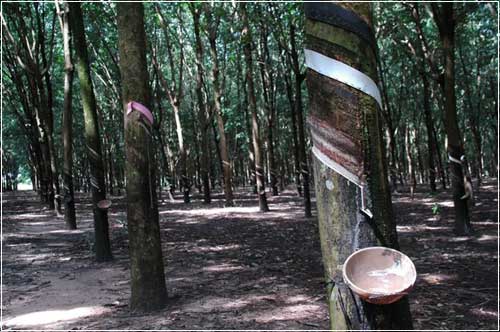
This is the rubber tree, the "weeping tree"
It is precisely this material that moves the world, and is the key to pioneering
development and technological innovation. Our expertise in rubber is
a key factor in our long-term success, having conquered the
global production, with all the modern trends that go with it," says chemist Dr. Wolfram Herrmann, responsible for the development of this material in ContiTech. Often, rubber is a material that "works" seamlessly and quietly in the "background" without anyone noticing. But it is a unique and durable "giant" of adaptability, incredibly flexible, irreplaceable and exciting!
So can you imagine your life without rubber?
Life without rubber would be like a football match without a ball, or a book without words! However, surely, a bed without a latex mattress would not be comfortable at all and a washing machine without a belt could not wash! But what would happen to a car? Of course, the tyres would be missing, but not only that: Without tubes, the engine wouldn't work, because the transmission, brakes and exhaust would be destroyed. And furthermore, without the engine's rubber mounts, the noise generated by the vibrations would be unbearable for the passengers. The doors would rattle, the windows would water and air. And of course, there would be no point in seeking other means of transport, since bicycles, motorcycles, buses and trains would, again, be stationary. The world would suddenly stop moving.
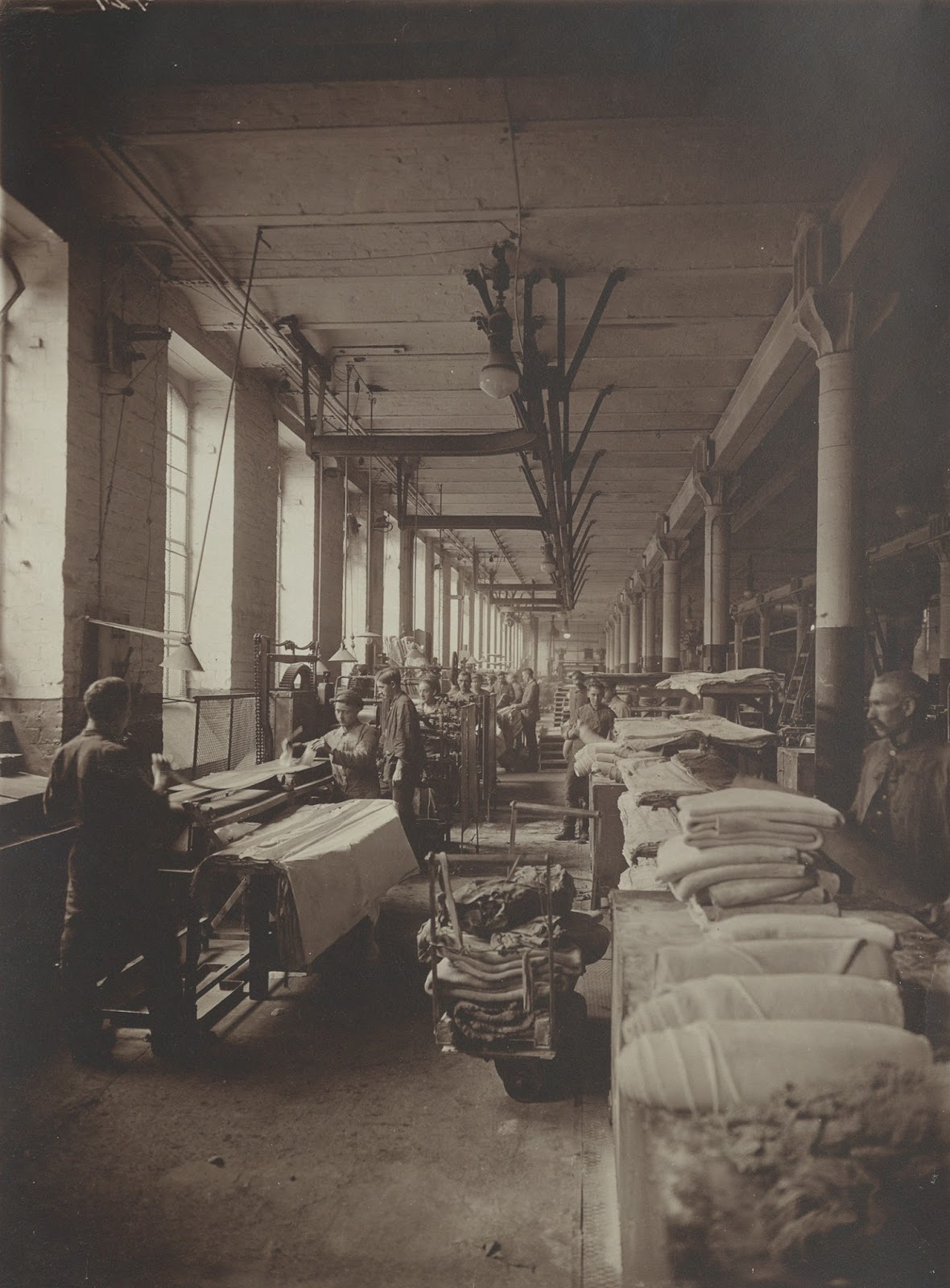
Old rubber factory
Centuries earlier, exploring the nature around them, the Mayan people stayed in the
surprised when, heating a milky extract, which they extracted from the
trees, they created the latex. With heat, the extract was transformed into a solid, yet elastic mass from which our ancient ancestors made balls, tubes and pipes for their daily needs. The Maya gave this tree the name "caa-o-chu" (ka-o-chu), which meant "weeping tree".
For many years, however, people didn't know exactly how to handle this material. At least, not until the dawn of industrialisation, when they managed to turn rubber into a modern material. The biggest challenge was to improve the material so that it was easier to use. Because when it was overheated it became sticky, and when it was cooled it became brittle. At that time, the effects of light and air quickly destroyed rubber. It was later the vulcanisation method that gave rubber its elasticity. Industry then used it as a stopper in steam engines, to insulate telegraph cables and to make bicycle tyres. It soon became the dominant insulating material in the emerging electrical industry and a key material in the tyre industry for all kinds of vehicles. Thus, what was originally a crude material grew into one of the key materials of the industrial revolution. Today, about 40% of the world's rubber is extracted from the rubber tree, the species 'Hevea brasiliensis'.
Elasticity - the secret of its success.
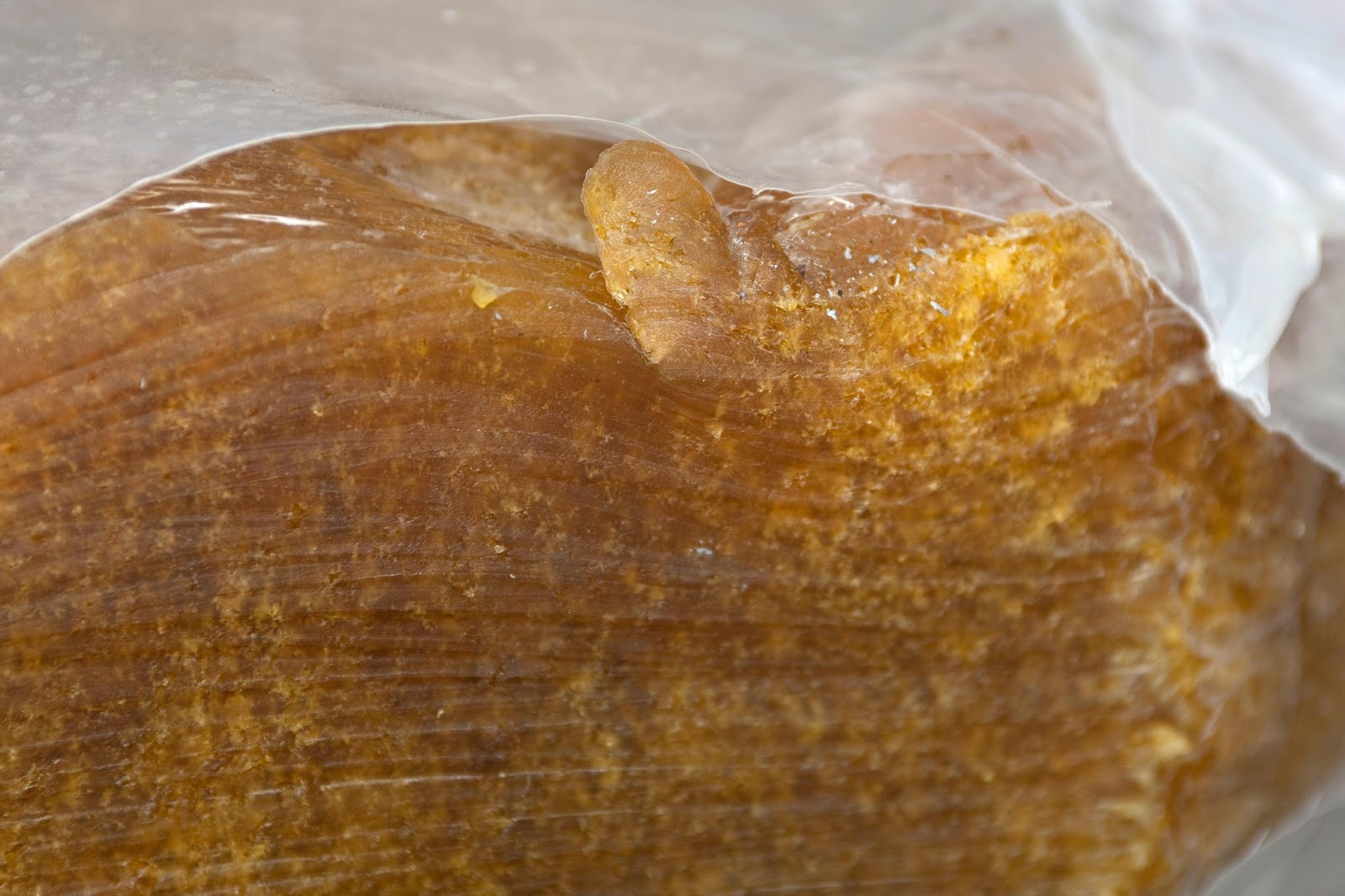 This is the sticky, elastic substance that makes the rubber tree
This is the sticky, elastic substance that makes the rubber tree
Flexibility is what makes rubber so unique. Even if it has been subjected to a lot of pressure, it always returns to its original shape. This, after all, is the fundamental function of life and nature. This property proves that rubber is truly an expert in the art of adaptation.
No other physical discovery has had such a great and lasting impact on the
human life, as much as this tough, tough material. "For designers, the
surprising and unique property of this material is again its elasticity.
When various substances, such as fillers and additives, are added to rubber, it becomes a building material. The result: a practically unlimited variety of chemical compounds for tailor-made solutions for every application," explains Dr Herrmann.
Rubber can and is resistant to high and low temperatures
at the same time. It can be hard and non-breakable, gas leakage resistant, electrically insulating or electrically conductive and resistant to aggressive substances such as oxygen, ozone, UV radiation, extreme temperatures and pressure.
These properties are significantly influenced by the processing methods used
are used, especially nowadays, in the field of nanotechnology. Η
Continental has chemical compounds for a huge range of applications. Our basic range of compounds alone includes more than 700 formulations for various applications. But above all, our chemical compounds meet, first and foremost, the requirements of our leading products.
Rubber: Always "plays" as a team.
Rubber is an excellent "team player", and so most of its mechanical properties depend on the materials with which it is combined. When combined with other materials, it becomes a high-tech product and a high-performance component in complex technical systems. No other material has the ability to combine with so many different substances to create something new. This enables Continental's research and technology department to invent innovative combinations of materials with improved or new properties without precedent. "We provide the knowledge needed to combine materials, rubber or plastic with metals, fabrics or other structural components or electronic components. We have developed substantial expertise in the field of hybrid materials and chemicals and are constantly developing our talents with new applications," continues Dr Herrmann.
Without rubber, human mobility would be almost unimaginable. In a broad sense, this is what makes modern cars so comfortable. Transmission belts, hoses and mounts, for example, are essential components of engines and chassis. And while around 1900, a vehicle had only 15-20 rubber components in total, today, there are around 600 functional parts, components and systems made from this material. And yet, over 70% of the rubber produced worldwide is used to make tires for cars, trucks and airplanes - nearly 2 billion units per year. Other products include, approximately, 40,000 items containing rubber, essential to our daily lives.
The dandelion plant: From it we will get rubber in the future
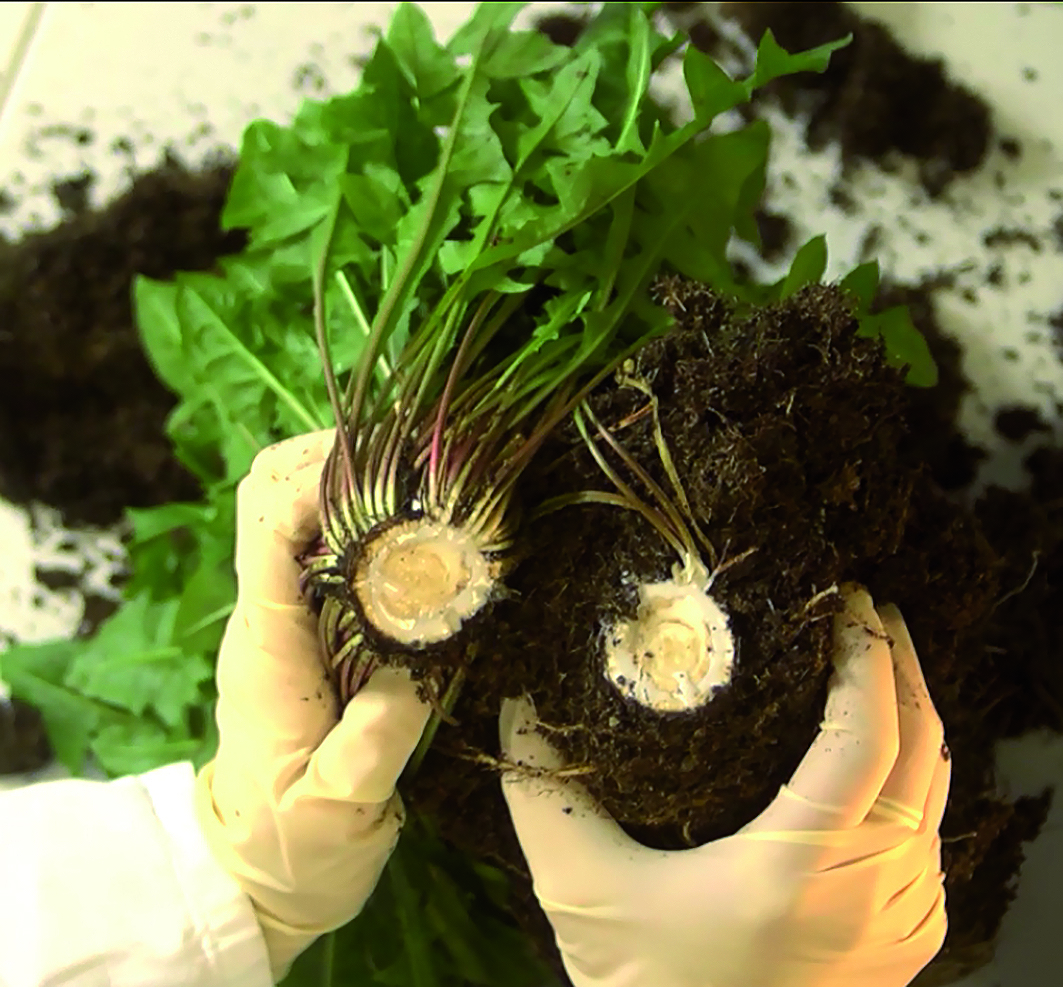
Dandelion: From the root we will get our... tires in the future
In addition to all this, Continental is exploring new horizons in the field of
rubber production, in collaboration with the Institute of Molecular Biology and
Applied Ecology FHW, Fraunhofer, with the Julius Kühn Institute and the plant breeders, ESKUSA. "The object of this combined project is to develop a process, for the industrial use of the dandelion plant (or "Russian radish") as a source of rubber. In agricultural terms, it is a low-demanding plant and can be grown in the northern hemisphere. This means that we can now think about producing rubber close to Continental's large factories and simplifying the transport infrastructure due to the reduced distances for transporting the raw material," explains Dr. Carla Recker, who is leading the ambitious project to develop this promising material.
The quality of rubber from dandelion root is the same as that produced from the rubber tree. At Continental, the use of natural dandelion root rubber has already proven its worth in prototype tyres and engine mounts. These products are expected to go into production in the next five to ten years.




